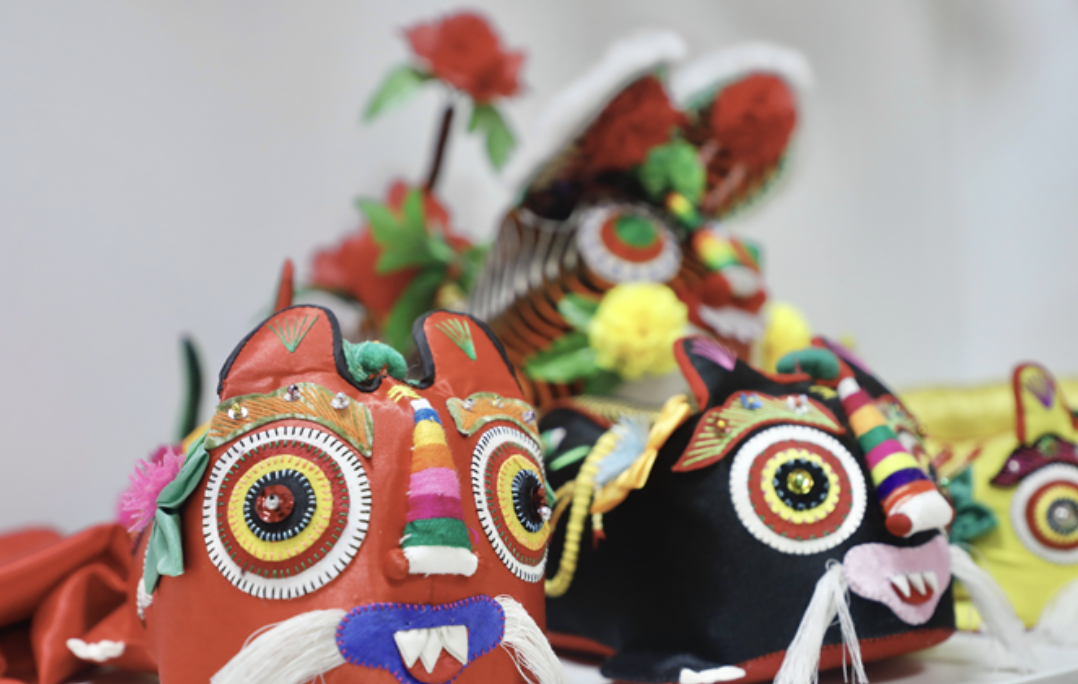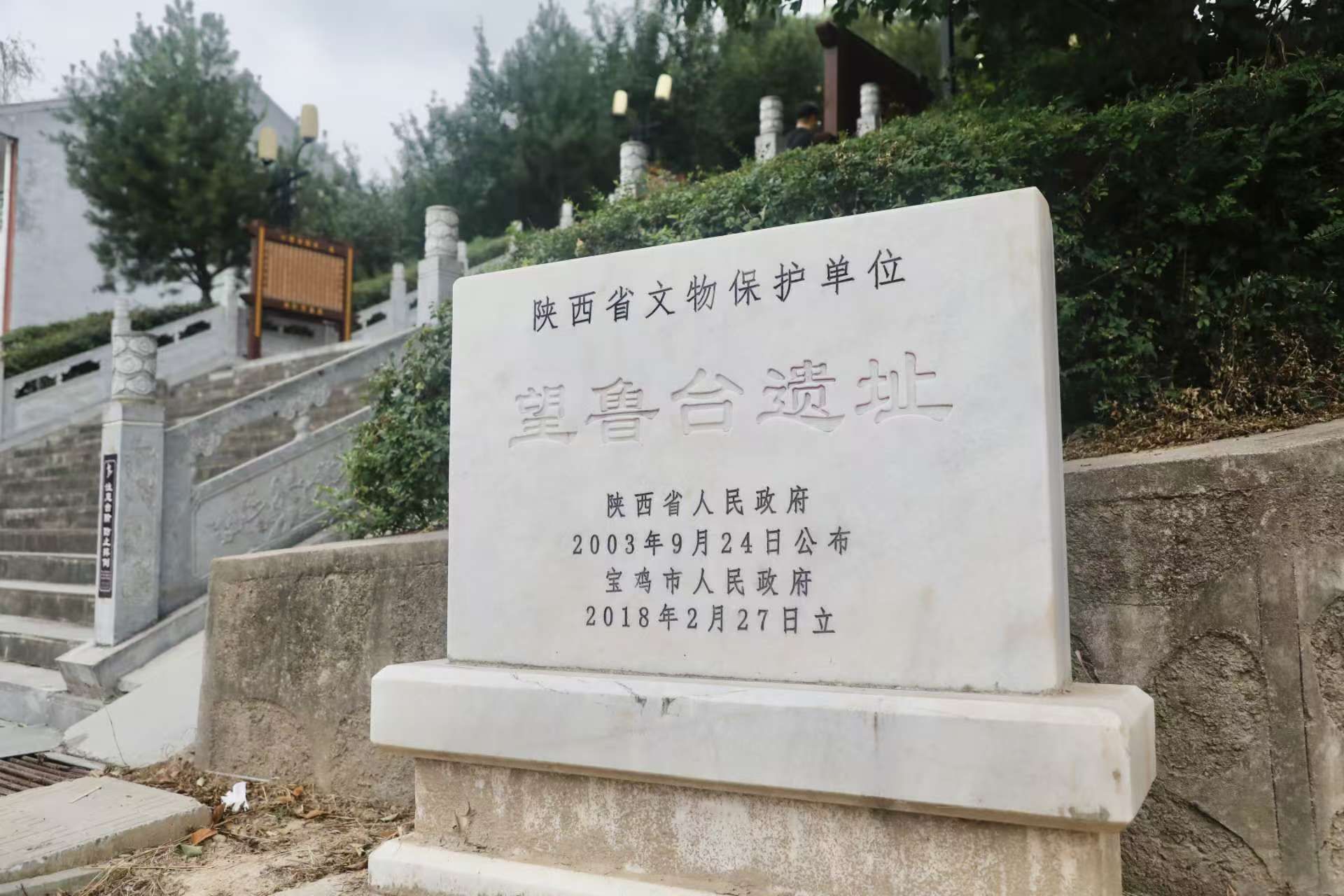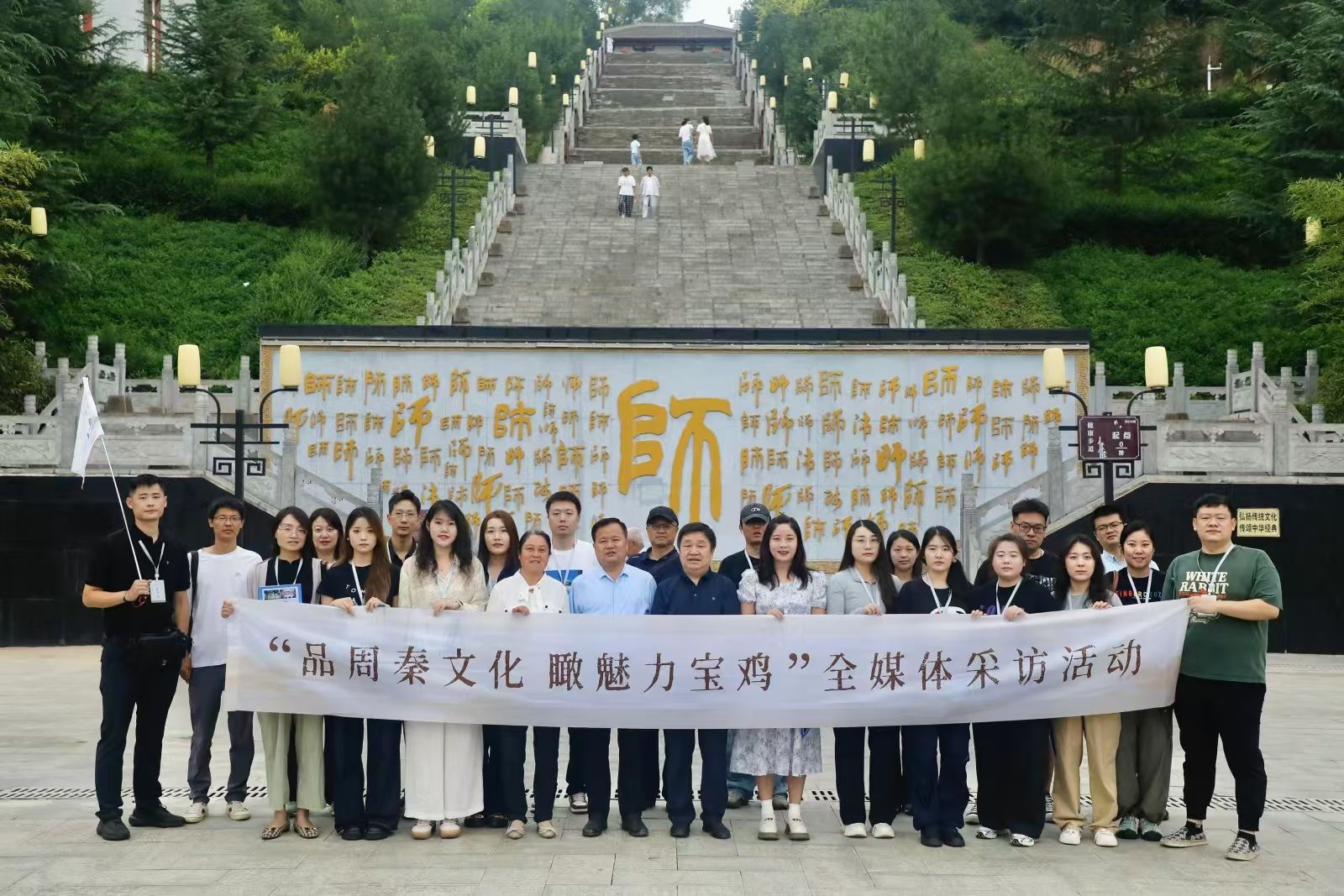source:Discover Shaanxi editor:张怡馨
On August 28, the "Discover the Civilization of Zhou and Qin Dynasties, Capture the Charm of Baoji" media group visited Qianyang County in Baoji City, further exploring the Xiqin Embroidery Industrial Park, Shaanxi Qianhu National Wetland Park, and the Yan Ji Wanglu Terrace.

Qianyang County of Baoji City is the birthplace and inheritance place of China's national intangible cultural heritage Xiqin Embroidery, and it is also the hometown of Chinese folk art embroidery.

Embroidered tiger-head shoe

Embroidery is widely applied to various household items
As an intangible cultural heritage with a long history, Qianyang Embroidery is an outstanding representative of folk art in Baoji and surrounding areas. It not only demonstrates the wisdom and creativity of the local people, but also injects new vitality into rural revitalization and cultural inheritance.

As one of the first 12 national wetland parks designated by the State Forestry Administration of the People's Republic of China in 2011, Shaanxi Qianhu National Wetland Park integrates features of river wetlands, pond wetlands, and marsh wetlands. It plays important ecological roles such as water source conservation, water resource regulation, water quality purification, maintaining wetland biodiversity, and improving regional climate. This is significant for ensuring ecological safety in the lower reaches of the Qianhe River.


There are over 20 scenic spots in the wetland park; it features 126 families and 532 species of plants, and 33 orders, 79 families, and 238 species of wild vertebrates, including 49 families and 166 species of birds, and 74 species of waterfowl. In recent years, human activities in the nature reserve have been reduced, and the ecological environment has improved. A variety of wild animals under national protection have been observed here, such as Chinese autumn sand ducks, black storks, white-tailed sea eagles and great bustards.

The Yan Ji Wanglu Terrace, built over 2,400 years ago, is known as the first terrace in China to honor teachers. The Wanglu Terrace is 11 meters high, with a base diameter of 35 meters, and covers an area of approximately 8,000 square meters, including the surrounding square.
Yan Ji, one of the seventy-two sages of Confucianism, pioneered the establishment of teaching institutions in the State of Western Qin during the Spring and Autumn Period. Due to his eagerness to learn from his teachers, he climbed high every day to gaze toward the State of Lu. In order to see higher and farther, Yan Ji used the hem of his garment to scoop up earth and elevate himself, thus forming a conical earth platform, which later generations referred to as the "Wang Lu Tai" (Wanglu Terrace).

Wanglu Terrace features multiple landscapes, making it an excellent choice for tourism and leisure, also inspiring future generations and educating students.